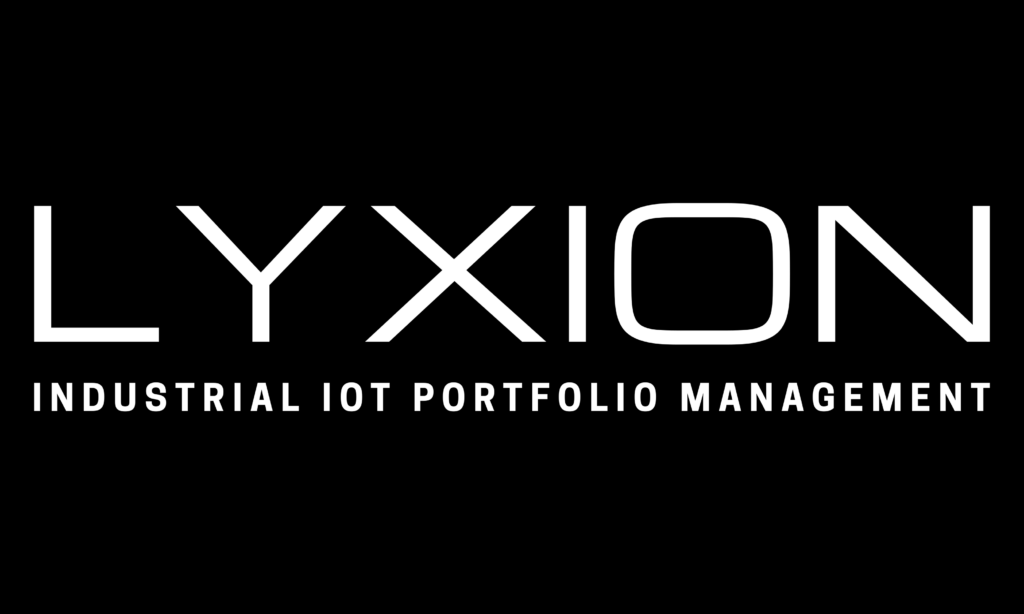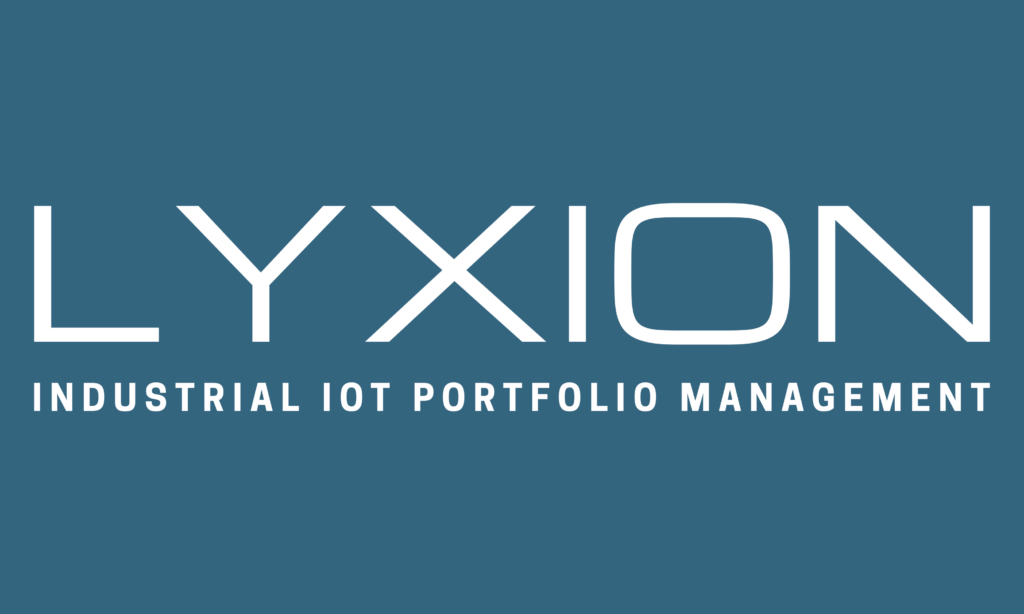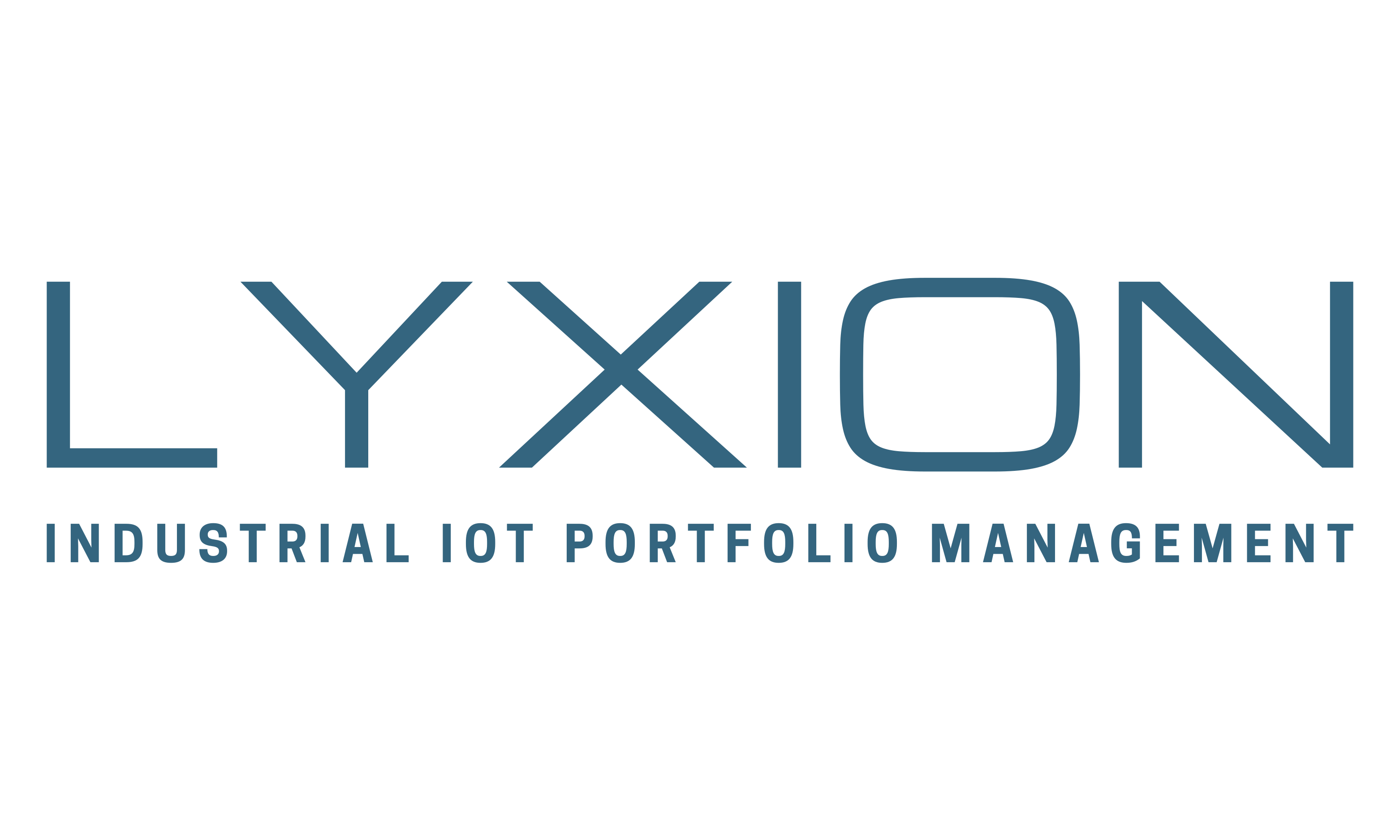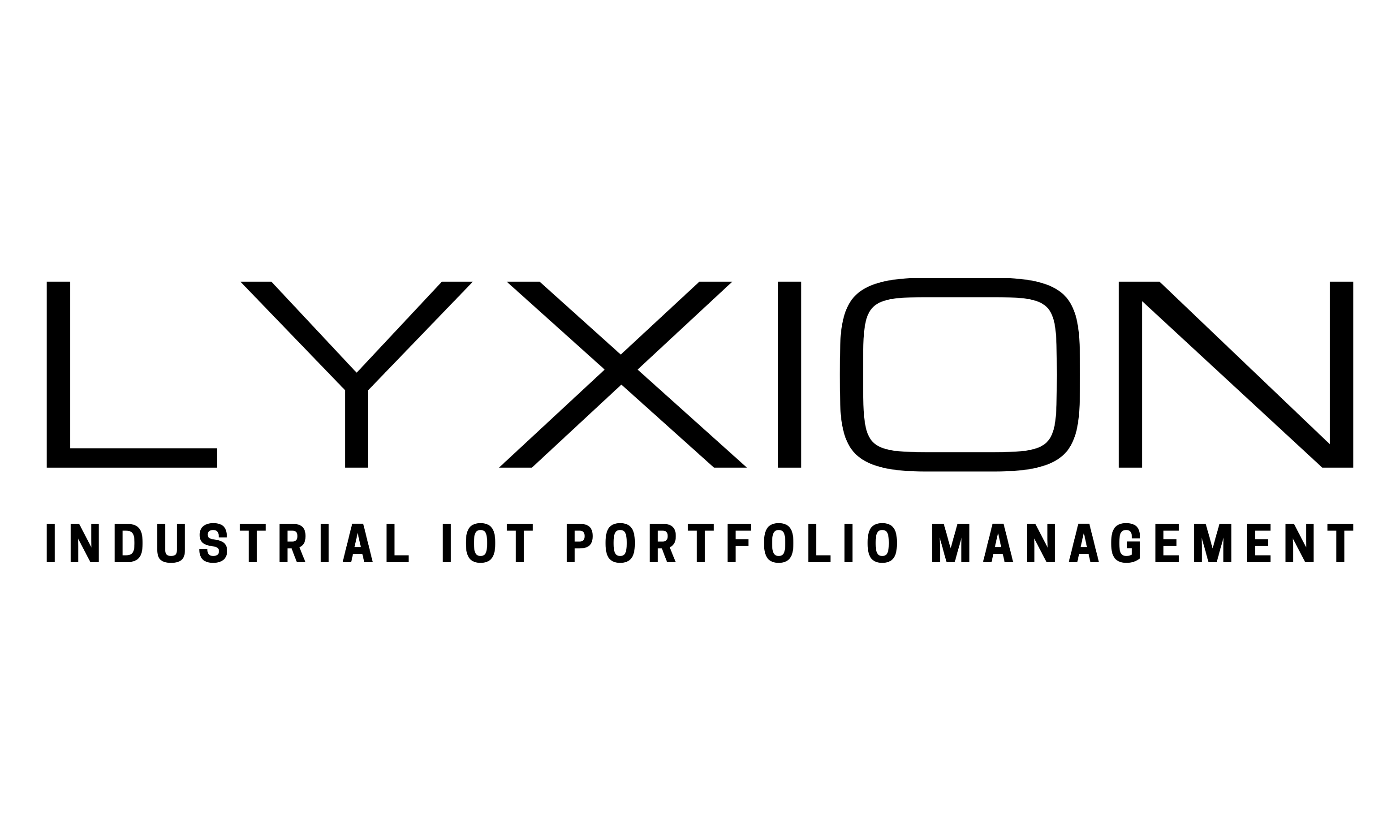
NIS2, EU data act & GDPR
Impact of legislation on the use of IIoT
NIS2, EU data act & GDPR
Impact of legislation on the use of IIoT
Company LT objectives
Ensuring compliance with long term internal objectives.
Company LT objectives
Ensuring compliance with long term internal objectives.
Tax fiscal
How Tax fiscal elements or can define the bottom line of a project
Tax fiscal
How Tax fiscal elements or can define the bottom line of a project

Compliance Aspects of IoT: 15 millions reasons to act now..
The Internet of Things (IoT) has revolutionized industries by enabling interconnected devices to communicate and operate seamlessly.
However, with these advancements come significant legal and tax challenges that businesses must navigate to ensure compliance and optimize benefits.
Despite an overwhelming consensus, even today, critical areas such as data privacy, cybersecurity, industry-specific regulations, tax implications, and the importance of comprehensive legal guidance, are “ignored”.
As part of the IIoT portfolio management role, Lyxion not only applies curative and damage control measures but also implements a range of best practices that allow you to enforce compliance with your organization’s long term objectives.

NIS2, EU data act & GDPR
Data Privacy and Security
IIoT devices collect vast amounts of data, often including sensitive personal information. Compliance with data protection laws like the General Data Protection Regulation (GDPR) in Europe and the California Consumer Privacy Act (CCPA) in the United States is essential. These regulations mandate strict controls over data collection, storage, and sharing practices. Companies must implement robust data protection measures, including encryption, anonymization, and regular security audits to safeguard against breaches and ensure compliance.
Compliance with the Cyber Resilience Act (CRA)
The Cyber Resilience Act (CRA) imposes stringent cybersecurity requirements on manufacturers, importers, distributors, and third-party suppliers of digital products, including IoT devices, in the EU. These mandates include implementing robust cybersecurity features designed to protect against cyber-attacks and mitigate the risks of data breaches.
By adhering to the CRA, companies can significantly reduce the likelihood and associated costs of such breaches, which can otherwise amount to millions of euros.
Non-compliance with the CRA carries severe penalties, with fines reaching up to €15 million or 2.5% of the firm’s global annual turnover from the previous financial year, whichever is higher.
This regulatory framework ensures that all stakeholders in the digital product supply chain, especially those involved with IoT technologies, prioritize cybersecurity, thereby enhancing overall product safety and consumer trust in the digital market.
Lyxion:
This section is tackled on several fronts, starting with the creation of an inventory of ALL already deployed IIoT solutions (Including 3’rd partner), block security evaluation, the implementation of a central device management. then implement frameworks at innovation & procurement level, then determine operational and technical tiered architectures for future deployment.
Compliance with the Data Act (DA)
The Data Act (DA) expands the availability of data for companies, citizens, and public administrations, facilitating greater innovation and efficiency, particularly for IIoT.
It establishes clear rules on who can use and access specific data and for what purposes, ensuring that data sharing is conducted responsibly and ethically.
This regulatory framework is especially significant for IoT devices, which generate vast amounts of data that can be harnessed for various applications, from improving operational efficiency to developing new services.
By complying with the DA, organizations involved with IIoT can better navigate data sharing agreements, enhance transparency, and foster trust among stakeholders.
Additionally, the increased accessibility to data under the DA can drive competitive advantages, enabling businesses to leverage data-driven insights for strategic decision-making and innovation while ensuring compliance with legal and ethical standards.
Lyxion
On top of the multi domain frameworks, data interoperability principles are proposed including data contextualization. 3r’d party data sources, available for integration, are inventoried.
Cybersecurity challenges, the same but different for IIoT:
IoT devices are particularly vulnerable to cyberattacks due to their interconnected nature.
Ensuring cybersecurity involves adopting comprehensive security frameworks and practices, such as:
- Regular Software Updates: Ensuring all IoT devices have the latest security patches
- Network Security: Implementing firewalls, intrusion detection systems, and secure network protocols.
- Access Controls: Limiting access to IoT devices and networks to authorized personnel only.
- Incident Response Plans: Developing and maintaining plans to quickly address and mitigate security breaches.
While these best practices exist on IT level, sometimes even on OT level, they rarely exist for IIoT.
Strange as the risks of IIoT devices can be even more serious.
Lyxion focusses on all above elements and sets strategies and guardrails in place to reduce risk

Compliance with Internal Long-Term Objectives:
Becoming a Data-Driven Organization
As organizations embrace IoT, aligning these technologies with long-term strategic objectives is crucial. One such objective is becoming a data-driven organization. This involves leveraging the vast amounts of data generated by IoT devices to inform decision-making, improve operational efficiency, and drive innovation.
Compliance with internal data governance policies ensures that data is collected, managed, and utilized responsibly and ethically.
For this, Lyxion establishes robust data governance frameworks, implementing data quality standards, and fostering a culture of data literacy within the organization.
By doing so, companies can maximize the value of their IoT investments while maintaining compliance with both external regulations and internal long-term objectives.
This alignment not only enhances operational effectiveness but also provides a competitive edge in an increasingly data-centric market.
Compliance with Sustainability Objectives
Incorporating IoT technologies can also significantly contribute to achieving sustainability objectives.
Organizations must ensure that their IoT strategies align with broader environmental goals, such as reducing carbon footprints and enhancing energy efficiency.
Compliance with sustainability objectives involves integrating IoT solutions that monitor and optimize resource usage, such as smart grids, energy-efficient buildings, and sustainable supply chains.
Additionally, adhering to environmental regulations and standards, like the ISO 14001 for environmental management systems, is essential. By leveraging IoT for real-time monitoring and predictive maintenance, companies can minimize waste, reduce emissions, and ensure responsible resource management.
This alignment not only helps meet regulatory requirements but also demonstrates a commitment to corporate social responsibility, appealing to eco-conscious consumers and stakeholders.
Ensuring IoT implementations support sustainability goals reinforces an organization’s dedication to creating a greener future while enhancing operational efficiencies and cost savings.
Lyxion is besides the compliance driver also an accelerator for innovation through its products and services.
Industry-Specific Regulations
Different industries face unique regulatory landscapes when integrating IoT technologies. For instance:
- Healthcare: Compliance with the Health Insurance Portability and Accountability Act (HIPAA) is crucial for protecting patient data.
- Automotive: Regulations concerning autonomous vehicles and vehicle-to-everything (V2X) communication demand stringent safety and cybersecurity measures.
- Manufacturing: Standards such as ISO/IEC 27001 for information security management systems ensure the protection of industrial IoT systems.
Understanding and complying with these industry-specific regulations is vital for avoiding legal pitfalls and ensuring smooth operational integration.
Lyxion works with a range specific profiles, tailored to the IIoT scope, to ensure compliance but the Lyxion business model allows the temporary integration of NON Lyxion specialists when needed.

TAX Fiscal -compliance and opportunities
The integration of IoT technologies can have significant tax implications. Businesses can consider:
- R&D Tax Credits: Many jurisdictions offer tax credits for research and development activities, which can be leveraged by companies developing or implementing IoT technologies.
- Depreciation: IoT assets may qualify for accelerated depreciation, providing tax relief over a shorter period.
- Sales and Use Tax: Understanding the tax obligations for IoT devices sold across different states or countries is crucial for compliance.
- Subsidies and Tax Credits for IoT Projects
For point 4
Governments worldwide recognize the transformative potential of IoT and often provide subsidies and tax credits to encourage adoption and innovation. These incentives can significantly reduce the financial burden on companies investing in IoT technologies. Identifying and applying for these benefits requires thorough knowledge of the available programs and their specific requirements.
Lyxion provides tax fiscal support for companies, specialized and tailored to IIoT, our understanding of the end to end opportunities, ensures that relevant opportunities are spotted through the tax fiscal framework and that there are direct links to the experts for future projects.
Availability of Subsidies for R&D Activities in IIoT
The integration and advancement of IoT technologies are significantly supported by various subsidies and tax credits aimed at promoting research and development activities.
At the European level,
the Horizon Europe Framework Programme
and the Digital Europe Programme (DIGITAL)
offer substantial funding opportunities for innovative projects, including those involving IoT.
These programs provide financial support to boost technological advancements and enhance digital infrastructure across the EU.
Additionally, many countries offer specific R&D incentives to foster innovation within their borders.
For example, the Netherlands’ WBSO R&D tax credit scheme allows companies to reduce wage tax and social security contributions for employees involved in R&D activities.
These subsidies and tax credits not only alleviate the financial burden of R&D but also encourage continuous innovation and technological growth, making them invaluable resources for businesses investing in IoT development.
With Lyxion we have already evaluated these programs (and will do so as well for future ones) which allows you to further investigate or negate, depending on the opportunity size and scope. .
More important is that through the structured approach, the question “if it is worth it”, will, for all new projects, be asked as part of the project evaluation documents
Additionally
Lyxion can provide a comprehensive guidance on several other critical aspects:
- Intellectual Property Protection: Protecting the innovations and data generated by IoT devices through patents, trademarks, and trade secrets.(on request)
- Product Liability: Addressing potential liabilities associated with IoT devices, including failures, malfunctions, and cybersecurity breaches.(CERT – on request)

Legal ICT
Impact of IIoT on Contracts and Terms & Conditions
IIoT is transforming traditional industrial operations, necessitating significant updates to contracts and T&C.
As IIoT technologies integrate into manufacturing, supply chains, and other industrial sectors, contracts must reflect the new complexities and risks associated with these technologies.
This applies not only to all IIoT systems deployed by the company but also to those implemented by third-party vendors within the company environment. Contracts should clearly define responsibilities for data ownership, cybersecurity measures, and the maintenance of IIoT devices, ensuring that all parties understand their obligations.
Additionally, contracts must address the handling of data breaches and the sharing of data between different stakeholders, ensuring compliance with relevant data protection laws.
Incorporating IIoT often requires new or amended terms and conditions that cover operational aspects such as uptime guarantees, service level agreements (SLAs), and liability clauses for system failures or cybersecurity incidents.
As IIoT systems generate continuous data streams, T&Cs should stipulate the terms for data access, usage rights, and data privacy protections. By updating these contractual elements, businesses can mitigate risks and ensure a clear understanding of the obligations and expectations between parties involved in IIoT deployments, whether they are internal or third-party.
As part of the frameworks, Lyxion provides clear checklists for existing contracts and embeds processes for future deployment from Innovation up to Procurement.
Impact of IIoT on Worker Agreements
Often forgotten but IIoT is also reshaping worker agreements within industrial settings. As IIoT devices and systems become integral to operations, the roles and responsibilities of employees are evolving.
Worker agreements might now need to include provisions related to the use of IIoT technologies, including training requirements, adherence to new safety protocols, and compliance with data security practices.
Employees may need to be trained on how to operate and maintain IIoT devices, interpret data analytics, and respond to automated alerts generated by these systems.
Furthermore, IIoT can introduce new forms of workplace monitoring and data collection, raising concerns about privacy and surveillance. Worker agreements should transparently address the extent and purpose of data collection, ensuring employees are informed about how their data will be used and protected. These agreements should also outline the rights of workers regarding access to their personal data and the mechanisms for addressing any grievances related to data privacy.
Updating worker agreements reflects the changes brought by IIoT, businesses can foster a more collaborative and secure working environment. This ensures that both employers and employees are aligned on the use of new technologies and the associated expectations, ultimately enhancing operational efficiency and workplace satisfaction.
Also here, Lyxion will provide guidance and will make the evaluation of projects, through its frameworks, halt if infringements are detected.
Basically, Lyxion advises to check before starting to invest.
Conclusion
The integration of IoT technologies presents both opportunities and challenges. Ensuring compliance with data privacy and security regulations, addressing industry-specific legal requirements, understanding tax implications, and leveraging available subsidies are crucial for successful IoT implementation. Companies like Lyxion offer invaluable expertise in navigating these complexities, providing comprehensive legal and tax guidance to help businesses thrive in the evolving IoT landscape.


